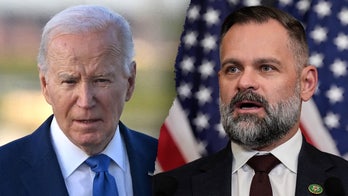The Environmental Protection Agency’s (EPA) Clean PowerPlan doesn’t justify its costs according to testimony beforethe House Science, Space, and Technology committeeWednesday.
“When the actual benefits are compared to the costs, theClean Power Plan is not a good purchase” said Dr. AnneSmith, a senior vice president andenvironmental practice co-chair for NERA Economic Consulting.
“EPA asserts that the Clean Power Plan will help combatclimate change. However, EPA’s own data demonstrates thatclaim is false. EPA administrator Gina McCarthy testified beforethis committee and agreed that this rule would have a‘minimal’ impact on climate. In fact, their data showsthat this rule would reduce sea-level rise by only 1-100th of aninch, the thickness of only three sheets of paper”said Lamar Smith, chairman of the committee, during thehearing.
The Clean Power Plan is expected to cost a staggering $41 billionannually. Yet, the plan likely won’t have alarge impact on global warming. According to analysis bythe libertarian Cato Institute using models created by the EPA, theClean Power Plan will only advert 0.019°Celsius of warming by the year 2100, an amount so small it can’t bedetected.
The EPA actually omitted theamount of warming the Clean Power Plan will prevent fromregulatory impact analysis. EPA admits it assesses theplan’s benefits “qualitatively because we do not havesufficient confidence in available data or methods.”
Other witnesses at the hearing suggested the economyis already naturally reducing carbon emissions by switching from coal to natural gas.
“The input of carbon into the economy is declining thanksto natural gas. ‘Business as usual’ is astrong plan,” said Chip Knappenberger,the assistant director of the Center for the Study of Science atthe Cato Institute.
The Clean Power Plan will eliminate most cheap coaland natural gas power with expensive sources like solar andwind. As electricity becomes more expensive,the cost of producing goods and services thatuse electricity increases, effectively raising the price of almosteverything. These higher prices areultimately paid for by consumers, particularly the poorest Americans.
The plan has already been legally challenged by 16states.
Send tips to andrew@dailycallernewsfoundation.org




